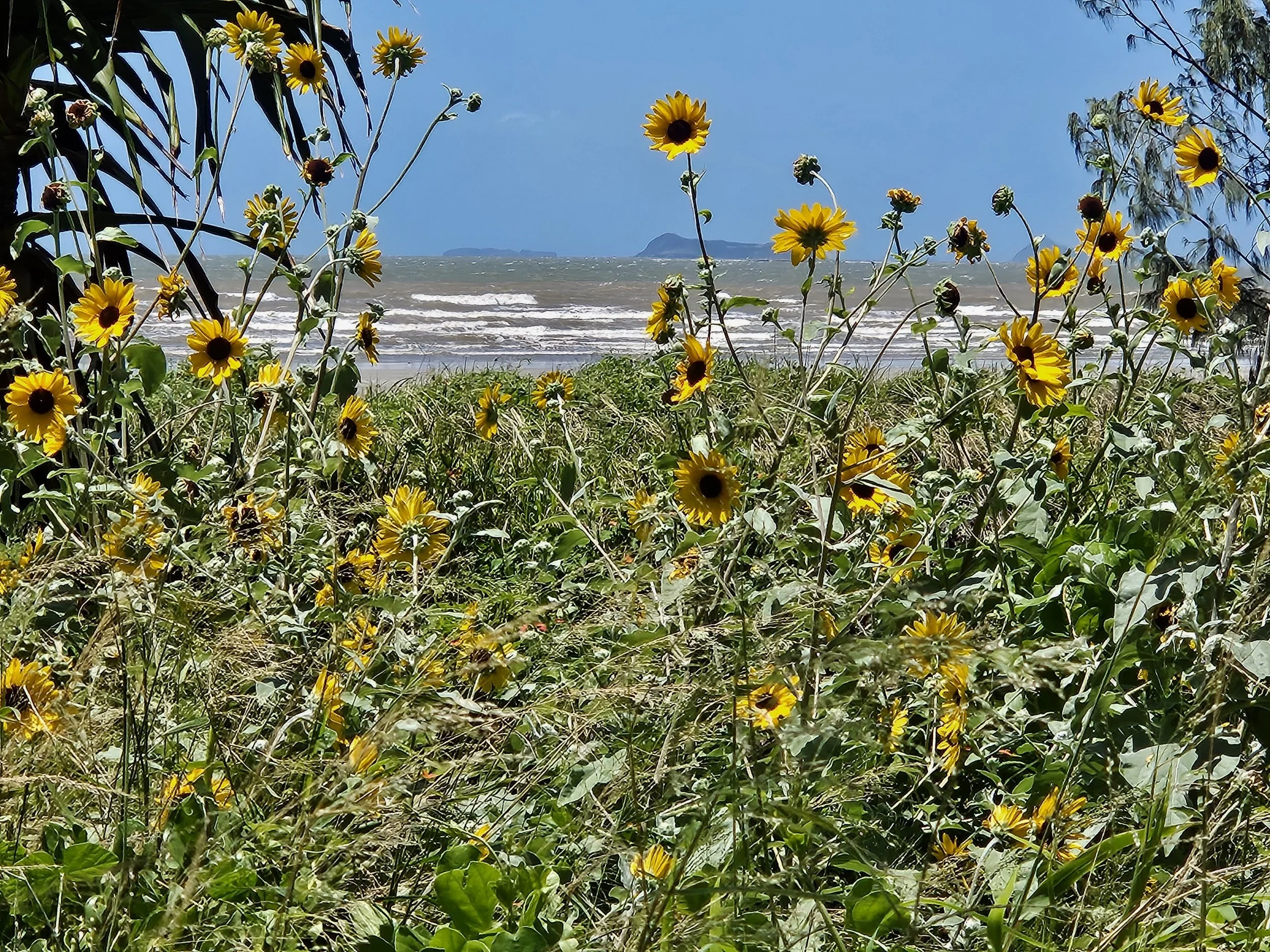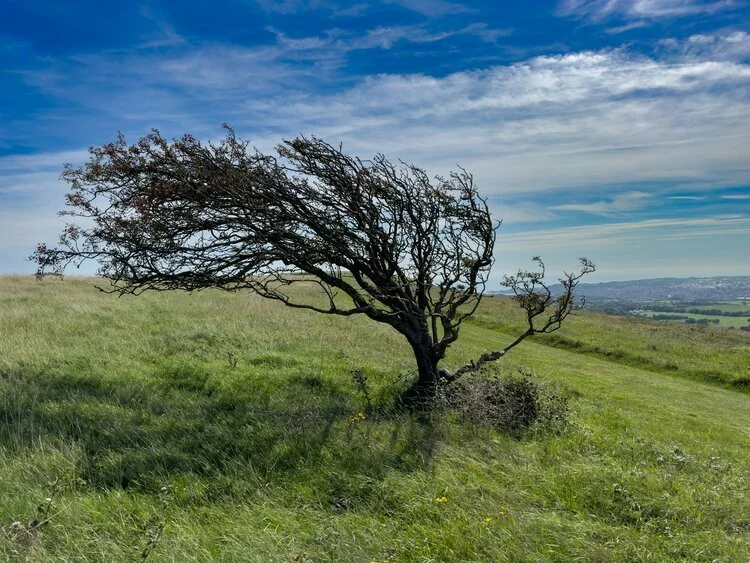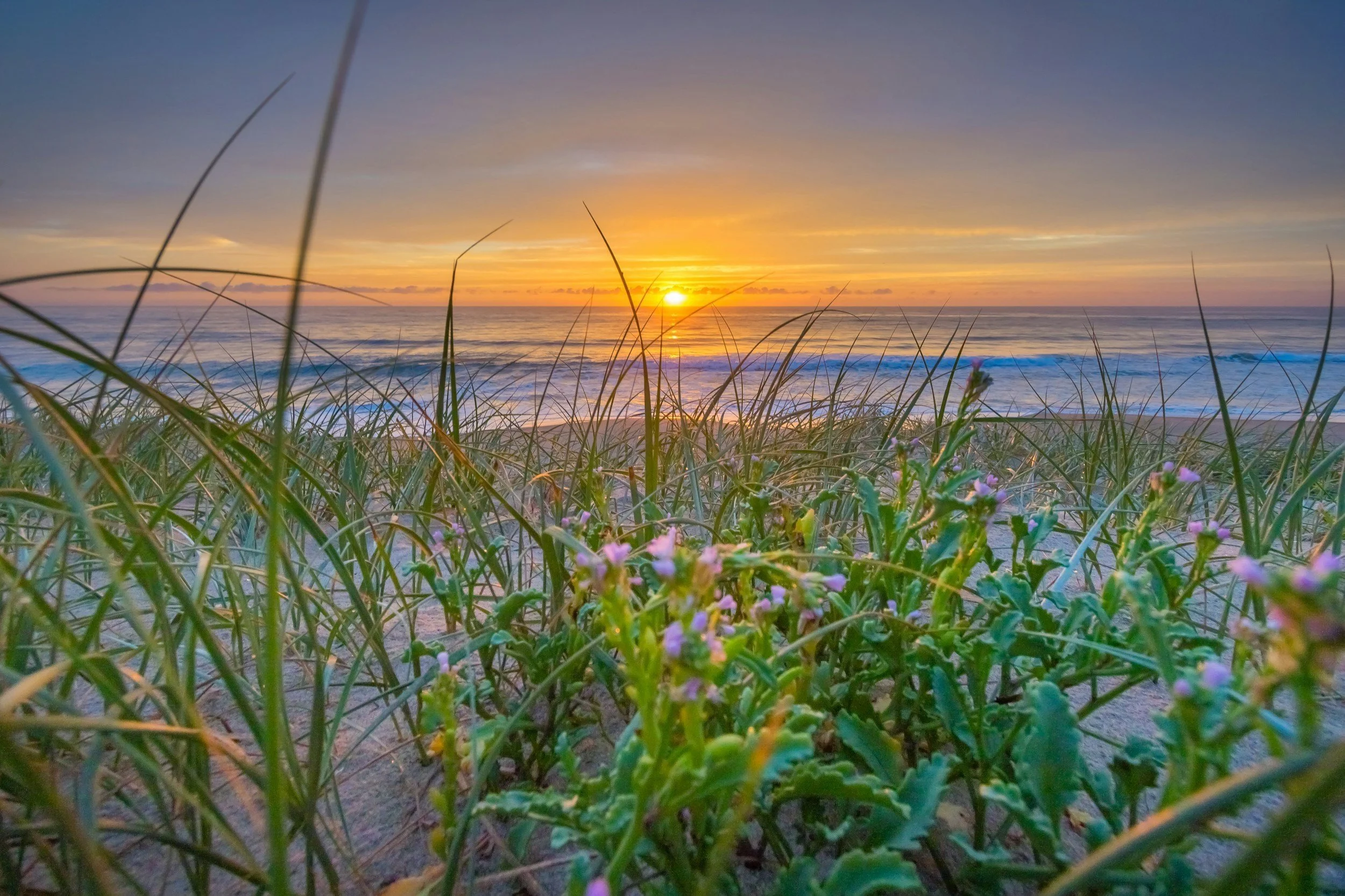
Subtropical Seaside Gardens
A view of the ocean is hard to beat, but the wind and salt-laden spray that come with it can be very damaging to gardens. That means plants need to be chosen carefully, given a bit of extra protection, and generally require a little more attention.
There are a few important factors to consider:
Wind direction
Areas of the garden that offer natural protection from the wind
Soil conditions
Barriers, whether natural or man-made
The view you want to enjoy
Plant selection
One of the best ways to protect your garden is to grow a barrier of tolerant trees or large shrubs as a first line of defence against wind and salt. A great starting point is to observe what’s naturally growing and thriving around you.
Alternatively, temporary protection can help while your plants establish themselves. This could include hessian attached to steel pickets, hay bales staked to the ground, shade cloth, and similar solutions.
It’s also important to be aware of how barriers affect wind patterns. A solid, impenetrable barrier can cause turbulence, which might actually be more harmful to your garden than the normal prevailing wind. The best barriers are those that allow some wind to pass through, which is why natural tree barriers tend to work so well.
Plant choice matters.
If you plant salt-sensitive species or plants with soft, fragile leaves near the coast, you’re likely to be wasting your money. Similarly, advanced or delicate plants aren’t usually suited to seaside gardens. It’s better to start small and allow your plants to establish strong roots as they grow. Generally, the tougher the leaves look, the more likely the plant will thrive in coastal conditions.
Large-leafed plants often struggle after just one day of strong, gusty winds, which can shred their foliage. Instead, look for plants with narrower, thicker, or waxy leaves—they’re much better adapted to handle coastal weather.
Below is a list of some of our favourite plants for coastal gardens.
Tall
Araucaria bidwilli (Bunya pine)
Araucaria cunninghamii (Hoop Pine)
Araucaria heterophylla (Norfolk Island Pine)
Pandanus
Coconut palm
Casuarina
Callistemon viminalis (weeping bottlebrush)
Banksia integrifolia (Coastal Banksia)
Medium
Metrosideros thomasii
Metrosideros Fiji Fire
Metrosideros Little Dugald
Rhaphiolepis Snow Maiden & Apple Blossom
Agapanthus
Hibiscus tiliaceus
Bougainvillea
Crinum
Westringia fruticose (Coastal Rosemary)
Pyrostegia venusta (Orange trumpet vine)
Nerium Oleander
Ixora
Plumeria obtusa
Callistemon
Carissa Desert Star
Agave attenuata
Leptospermum
Green Island Fig (Ficus microcarpa Green Island)
Small
Sedum
Osteospermum (African Daisy)
Mesembryanthemum
Carbobrotus (Pig Face)
Limonium perezii
Gazania
Juniperus conferta
Salt is not just blown on your plants by the wind it is also going to be present in the soil. Building up sandy garden beds with compost and then mulching will greatly improve your plants living standards. Using pots and potting mix is an alternative.
Can’t find what you’re looking for?
In order to bloom, you must grow!
Grow Loyalty Club
Growing points for growing gardens!
Our Grow Loyalty Club is FREE to JOIN and rewards you with points you can redeem on future purchases.





